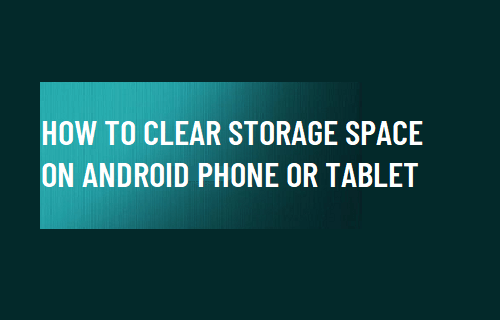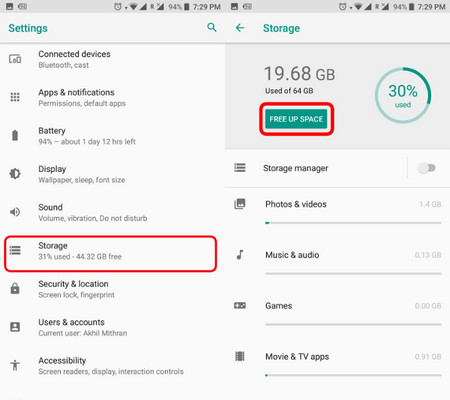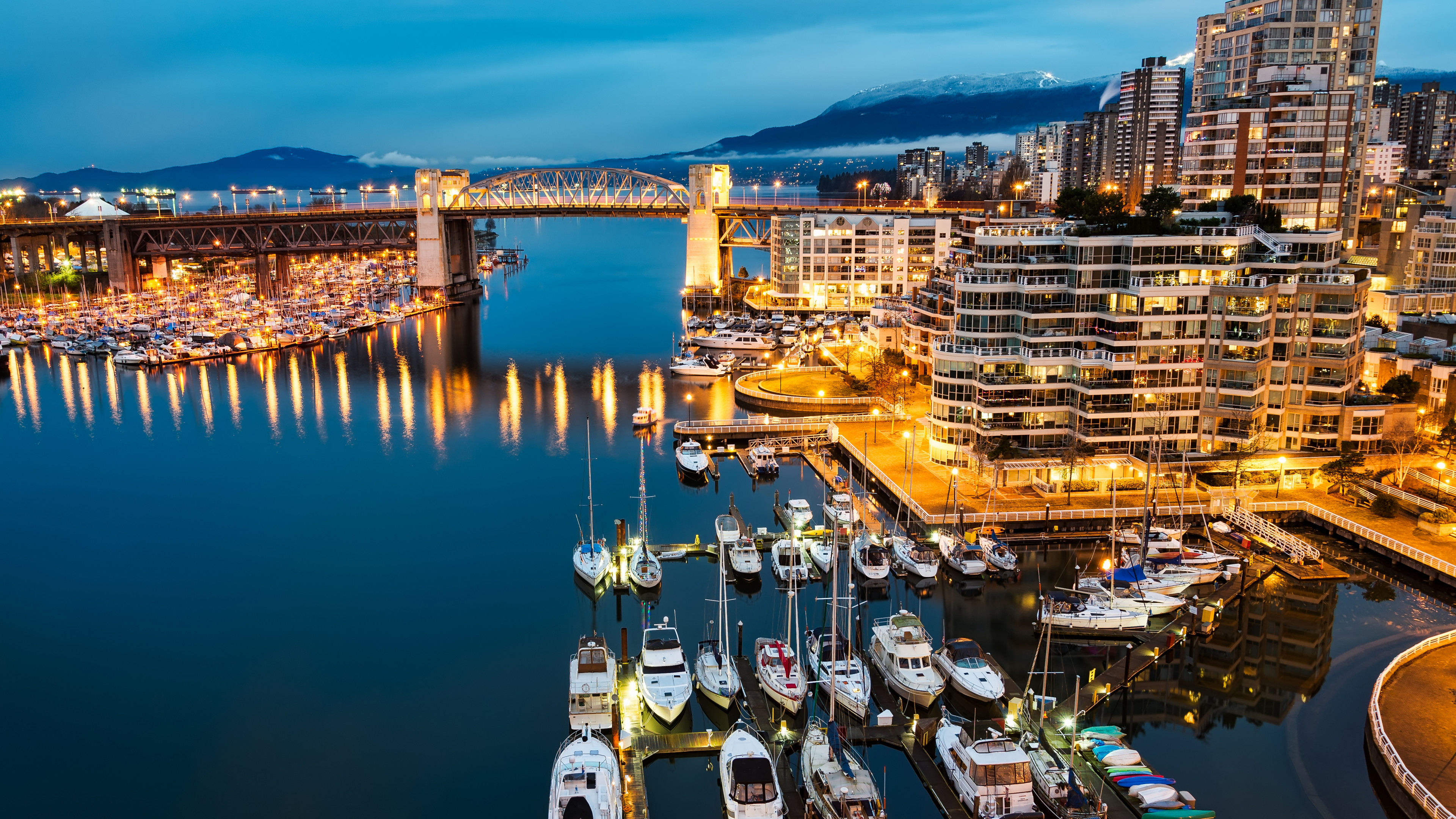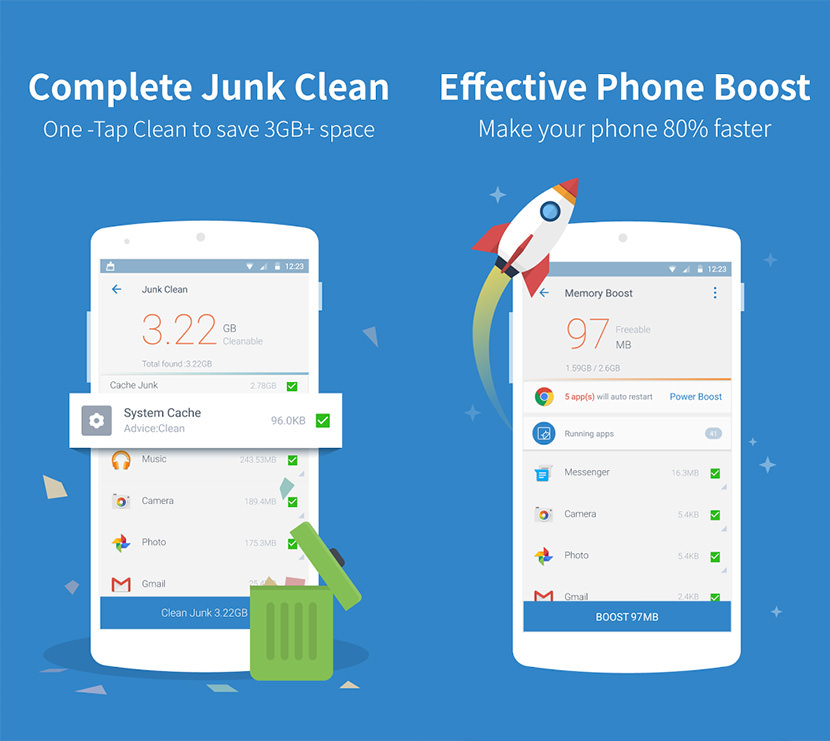- Android Tablets: 1: Feb 2, 2018: L: My son's android tablet has 16GB total internal memory space. It has 13.38 GB available, but won't download anything else: Android Tablets: 1: Jan 29, 2018: P: Solved! Move pics on my fire 7 from internal storage to sd card. Allowed me to move some apps but not pics. Have toggle switch on to: Android Tablets.
- Apps that you no longer use can take up large chunks of the storage on your phone or tablet, particularly the more advanced tools and more complex games. Press and hold on any app icon and drag it.
To access that feature, just load the Photos app, tap Menu Settings, and then hit Free up device storage. Android Oreo Free up space is pretty simple to use and quick and easy to free up the memory with this built-in Oreo feature. The easy formula for more space is clean up the unwanted apps and files, and this Oreo feature makes that process easy. Most of these items end up taking a lot of space leaving limited space to install more apps or download and save more files. Here are some ways to free some space on your Android phones or tablet. Delete any apps that you aren’t using. You may need to go through your Android phone applications and delete the ones that you are not using.
Many people save cash by opting for the lower-storage model when they buy a new Android smartphone or tablet. Manufacturers tend to overcharge for extra storage, so it often seems like a good place to save money. But apps and games are getting bigger all the time, and we all like to take photos and shoot video. The unfortunate truth is that 64GB or even 128GB of storage can fill up alarmingly fast. What do you do when there’s no room left on your device? How do you free up additional space? Our guide has the answers.
Use a MicroSD card
Many smartphone manufacturers have ditched the slot, but if you’re lucky enough to have one, a MicroSD card is definitely the easiest way to add storage space to your device. If you can use a MicroSD card, you can snag an extra 128GB for less than $30. How to download java 6 for mac. It’s important to choose a good MicroSD card with decent read and write speeds, however. Don’t be tempted to pick a card solely on the price tag, and make sure that you get a Class 10, UHS (1 or 3) card.
You won’t be able to move every app onto your new card, but with older versions of Android — Android 5.1.1 Lollipop and earlier — you can probably move some. To do so, go to Settings > Apps and tap on each app listed under Downloaded. Then, tap Move to SD Card Download audio hijack for mac. , if the choice is available. Keep in mind that some phones house the option to Transfer Data to SD Card under Settings > Storage.


If you’re running Android 6.0 Marshmallow or later, then you can also choose to format your card as internal storage during the setup process by selecting Use As Internal Storage. This is a good idea if you intend to keep the card permanently in your Android device. However, it also means that it won’t work with your PC or other devices. If you want to remove it and use it to transfer files, then opt for the Use As Portable Storage option. If you do format it as internal storage, then Android will automatically copy some apps and other data onto it. The operating system will also save new apps and files onto it by default when it decides that’s the best option.
Additionally, devices running Android 6.0 Marshmallow and later feature built-in file management, which you can access via Settings > Storage > Explore. You may also find it easier to simply plug your device into your computer or laptop and drag and drop files from your phone to your computer and then onto your MicroSD card. This is a good opportunity to back them up, too.
Use USB OTG
Even if you don’t have a MicroSD card slot, you can still potentially use a USB flash drive or an external hard drive to extend your storage capacity. Make sure that your device is USB On The Go-compatible (OTG), and snag yourself a USB OTG cable. Now you can plug in a USB drive, a MicroSD card with an adapter, or an external hard drive, and use it to store and your backup files. You can even play video files directly from the aforementioned devices.
Get rid of apps and app data
If you take a look in Settings > Apps, or Settings > Apps and Notifications, you’ll see a list of everything that’s installed on your device and how much space each app or game is taking up. If you don’t use a particular app regularly, then uninstall it. You can always download and install it the next time you need it.
Apps will also take up more space as you use them. If you tap on an individual app in Settings > Apps/Apps and Notifications, then you should see the option to Clear Data. If you’re using Android 6.0 Marshmallow or later, you’ll have to tap on Storage in your chosen app. If you tap Clear Data (0r Clear Storage on some phones), you will reset the app. You may have to re-enter your password after doing so, however, and you may lose your progress if the chosen app was a game. Then again, sometimes your data is backed up separately. If you sign into your Google account via Google Play Games, for example, then it should save your game progress. Either way, check first.
Clear your app cache
Something you can wipe without any risk is the cache. For apps you don’t use frequently, this is space worth clearing up. You can do this individually for each app via Settings > Apps > [Your app] > Storage (or Storage and Cache) > Clear Cache. There’s also an option that allows you to delete all your cached data at once in Settings > Storage. Depending on your Android, you can next tap Cached Data, or Clear Cache, or something similar. In the case of Samsung phones, you’ll need to go to Settings > Storage > Device Care > Optimise Now.
Some older Android devices also allow you to wipe your entire cache partition in the recovery menu. The instructions vary from model to model, so look yours up. On Nexus devices, the instructions are as follows: Turn it off and hold down the Power and Volume Down buttons until you see the Android mascot. Then, use Volume Down to highlight Recovery Mode and Power to select it. Press and hold Power and Volume Up for three seconds, then let go of Volume Up. An options menu will then appear, and you can use the volume keys to highlight Wipe Cache Partition and the Power key to select it. With the introduction of Android 7.1 Nougat, Google did away with the cache partition.
Stream music, movies, and other content

If you want to avoid running out of storage space on your Android device, then don’t download music, TV shows, or movies on your Android phone or tablet. Instead, opt for streaming services such as Spotify and Netflix. If you stream content without a Wi-Fi connection, just remember to keep an eye on your data usage.
Delete old files
If you have any old documents, videos, or other files on your Android device that you could live without, get rid of them. To do so, go to Settings > Storage and take a look at the different categories. Consider deleting things like Other, Miscellaneous, or Files. You can tap on an entry and then tap Explore when it pops up, or scroll down to find the Explore option at the bottom. Folders like Download will often have old files you no longer need in them. You can tap and hold on an item or folder to select and delete it.
If you have a Google Pixel phone, going to Settings > Storage > Manage Storage will take you to Files by Google, which will present you with options for freeing up space, such as deleting duplicates, temporary files, downloaded files, and old screenshots. If you have a recent Samsung Galaxy, you can go to the Samsung folder on the home screen, and then My Files > Internal Storage. This will let you delete files according to category (e.g. documents, copies).
Remember to take a look inside specific apps, too. If you use a photo-editing app or a document scanner, for instance, you may end up with duplicate files or older files you’ve likely forgotten about.
How Can I Free Up Space On My Tablet

Delete old messages
You should also sift through your messages and delete anything unimportant, especially if it has an attachment. Most devices will also give you the option to automatically delete old messages. For example, on a Samsung phone, open the Messages app and tap More > Settings > More Settings and make sure Delete Old Messages is toggled on.
Check settings in apps like Facebook
The apps that you use often download files automatically and may chew through more storage than you’d like. Even if you clean up as we suggest in our other tips, apps like Facebook, for example, will start filling up your storage again immediately. But you can reduce the problem by tweaking the right settings.
In the Facebook app on Android, we recommend tapping the three lines at the top right to access settings and then scroll down to Settings & Privacy. Tap on it, and then tap Settings > Media and Contacts. Here, you can turn off autoplay (which automatically plays videos), switch off sounds, choose not to upload photos and videos in HD, and so on.

Limit the size of photos and videos
Photos and videos are likely to be taking up a lot of space on your Android phone. While the camera will differ from device to device, you should always take a look at your default settings and consider the amount of space you have available. In general, the higher the resolution of your photos, the more space they will take up. For videos, you should also consider framerate. Modes like HDR and 4K will use up more space, so use them sparingly or offload the video files quickly. To review these settings, open your camera app and find the settings menu — it’s usually depicted by a gear icon.
Back up your data in the cloud
A good way to deal with photos and videos is to back them up in the cloud. There are many different methods for doing so, but Google Photos remains the best given it’s free and straightforward. It’s always a good idea to back up your files for safety reasons, but doing so also allows you to delete local files from your Android device without having to worry about losing your data. To make sure Google Photos is set up to automatically back up your photos and videos, launch the app and tap your profile image in the top-right corner of the screen. Afterward, select Turn on Backup, if backup hasn’t already been turned on. If a photo or screenshot hasn’t been backed up yet, it will have a cloud icon with an arrow pointing upwards.
You can also get some free storage space with services such as Dropbox and OneDrive. Once you sign up for either service, simply offload the files you don’t need — you’ll still be able to easily download them when you need to. If you need some additional storage ideas, check out our roundup of the best online storage services.
How Do I Free Up Space On My Android Tablet
Use a storage manager or cleaner
You can shortcut a lot of the tips we’ve listed here by employing a cleaning service to do it all for you. If you’re lucky enough to have a device with Android 8.0 Oreo or later, you can look in Settings > Storage and simply tap the Free Up Space (or Manage Storage) button at the top. The phone will sort through everything it has stored and will give you the option to deselect the files and apps you want to keep. When you make your choices, you can hit delete to wipe out everything that remained selected.
It’s also quite common for manufacturers to include storage manager apps on their phones nowadays. For example, Samsung has an entry in Settings called Device Care and if you tap on Storage, you’ll get an option—Optimise Now—to delete unnecessary data like cached and advert files. LG has Smart Doctor and there are others, but we recommend a free app by Google calledFiles. This app browses your phone and shows you all the files that you have, giving you a full overview to ensure that you are informed when it comes to choosing what you want to get rid of to free up space. You’ll find smart suggestions right there in the app, along with the option to securely back up files you want to keep in the cloud.
Perform a factory reset
Rather than deleting lots of different bits and pieces, you could just delete everything on your phone and start with a fresh slate. A factory reset willwipe your Android phone or tablet clean, so make sure that everything you care about is backed up first. You’ll also want to fully charge your device and ensure that you know the username and password for the Google account you’ve been using on your device. Once you start fresh, you won’t want to come back and reinstall everything you had before; you’ll have to be choosy about what files and apps you need available on your phone. To reset your device, go to Settings > System > Rest Options (or Advanced > Reset Options) > Reset All Data (Factory Reset).
Editors’ Recommendations
Source link
Nowadays tablets automatically save many apps and features saving directly onto your devices internal memory. If you are running out of space for your apps there are some simple tips and tricks you can try to free up some more memory space.
1. Move Apps To SD Card
Apps installed to your Android device’s system storage by default are typically what is eating up all your data. By moving many of your apps to an SD card you can free up space for more media storage. Many apps will run fine on your SD card if you configure them in the “Applications” portion of your settings menu. Manage applications under this category and move them to your SD card.
2. Clear Your Cache
You should clear your app cache periodically to free up space. By clearing your cache you remove any temporary files that may be on your device. Clearing the data will also reset your applications back to their original state. To clear multiple apps at the same time their are several app cache cleaning apps on the Google PlayStore.
3. Uninstall Apps
It is a good habit to get into although this may seem very obvious many people forget to uninstall an app if they don’t end up liking it. Even if you have purchased the app you can still get it back by re-downloading it from the Play Store.
4. Use Cloud Drives
Instead of keeping apps and photos on your phone you can utilize drives and clouds to store your data instead of taking up space on your tablet device. Dropbox and Google Drive are get free solutions for everyday files and images.
